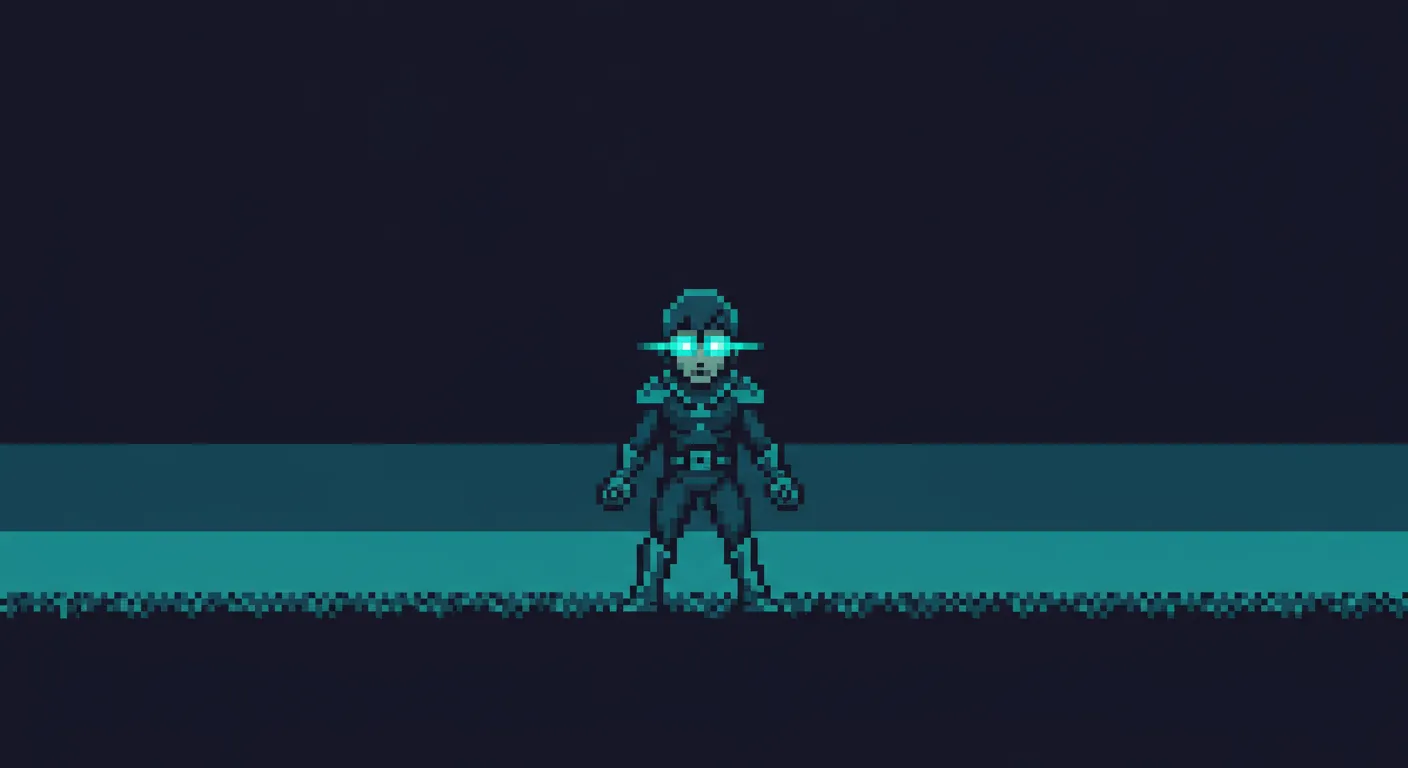Scientists have developed a breakthrough contact lens technology that could transform how humans perceive light, giving us the ability to see beyond the visible spectrum.
The research centers on "upconversion contact lenses" (UCLs) that can convert near-infrared (NIR) light into visible colors, essentially creating a new sensory experience. In experiments, both mice and human participants demonstrated the ability to distinguish NIR temporal and spatial information, opening up fascinating possibilities for enhanced perception.
Potential applications span multiple industries, from industrial monitoring to military operations. Imagine being able to detect a failing conveyor bearing from across a facility or spot camouflaged military equipment that blends into the landscape. The technology could revolutionize night vision, search and rescue operations, and even how we understand environmental heat signatures.
However, the technology is still in its early stages. Current limitations include low resolution and the need for additional optical components to make the lenses truly practical. Researchers acknowledge that achieving comprehensive night vision remains a challenge requiring further advancements in material science.
Despite these hurdles, the research represents a significant step towards augmenting human sensory capabilities. By transforming invisible infrared wavelengths into perceivable colors, these contact lenses hint at a future where our biological limitations can be technologically transcended.


